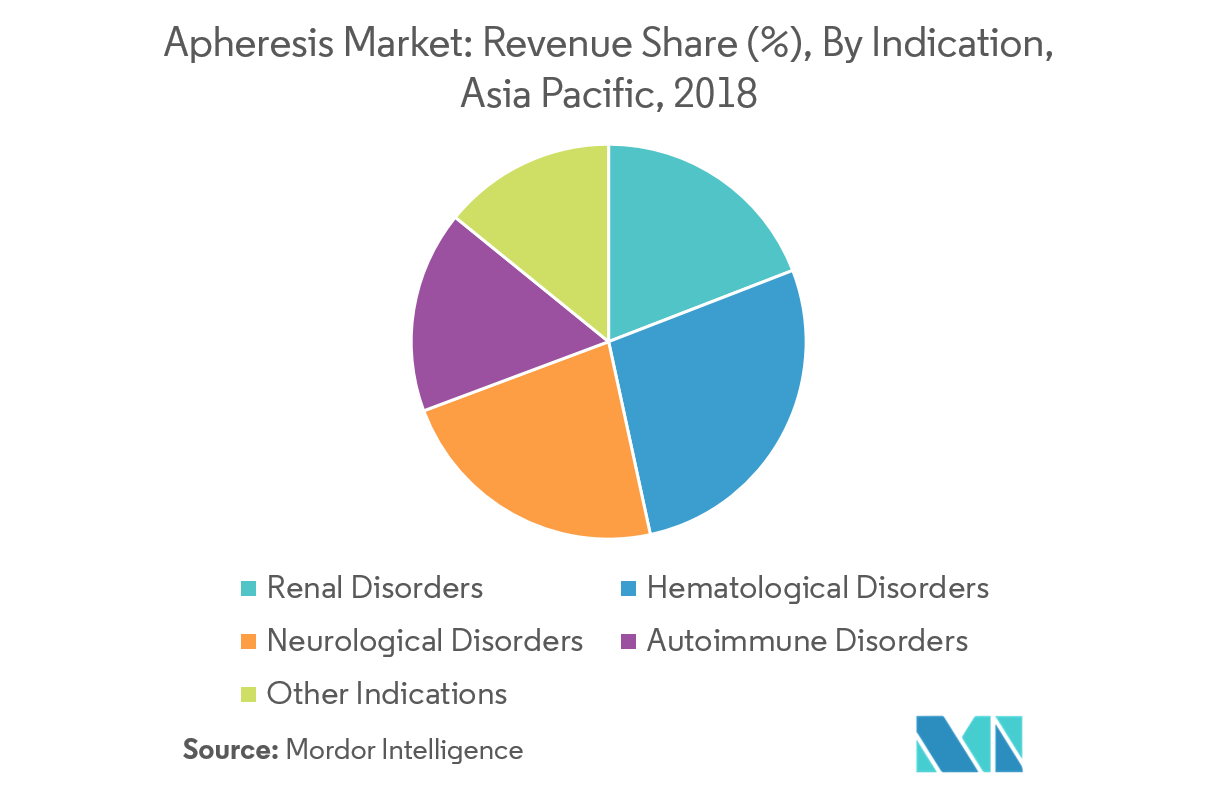Market Trends of Asia Pacific Apheresis Industry
This section covers the major market trends shaping the APAC Apheresis Market according to our research experts:
Neurological Disorders is Expected to Grow with High CAGR in the Indication Segment
The pattern of neurologic diseases in Asia is largely similar to that in Western countries, with cerebrovascular diseases, headache, and epileptic seizures being the most common complaints. The high prevalence of epileptic seizures is contributing to the growth of the APAC Epilepsy Therapeutic Market in the region.
Disease features that are specific to Asia include a high proportion of strokes among the youth, mostly from premature atherosclerosis, a high prevalence of intracranial vs extracranial diseases, the relative commonality of neuromyelitis optica and the optic-spinal form of multiple sclerosis (MS), and high incidences of sex-linked dystonia and Parkinson's disease. Plasmapheresis is one of the well-established therapeutic procedures that is usually used in many neurological autoimmune disorders. It is thought that the effects of plasma exchange occur through the elimination of pathognomonic inflammatory mediators, including autoantibodies, complement components, and cytokines. Most of the neurological disease treatments benefit from therapeutic apheresis procedures such as plasmapheresis, and these effects most likely occur through the removal of harmful pathogenic autoantibodies and associated inflammatory mediators.


